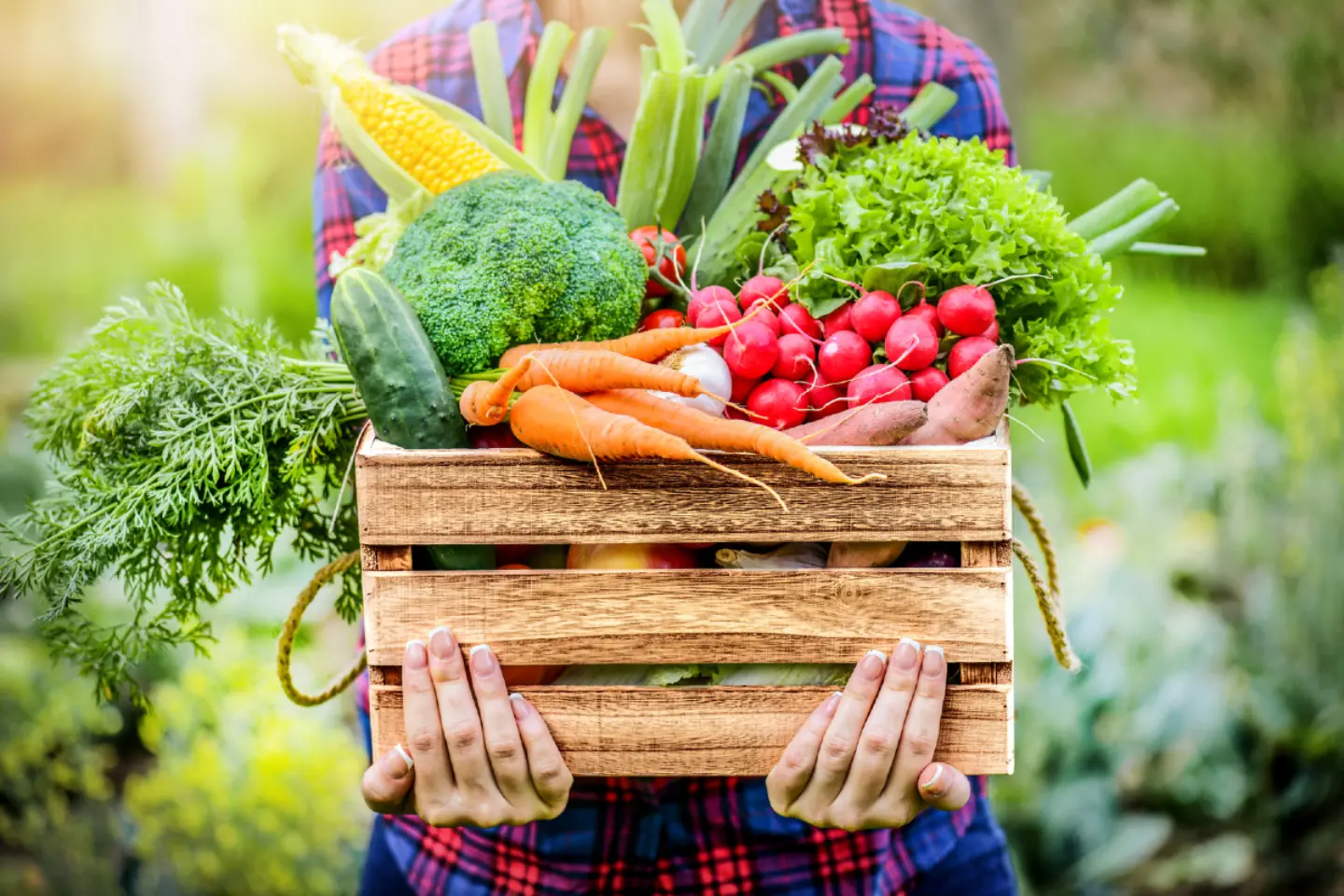Gardening is a pastime that is not only therapeutic but also immensely rewarding. When you grow your own vegetables, not only are you guaranteed a fresh harvest right at your doorstep, but you also have the satisfaction of having nurtured something from seed to plate. If you're new to gardening, fear not – there are plenty of vegetables that are forgiving to the novice green thumb, thriving with just a little care and patience. Here are some simple vegetables to get you started on your gardening journey.

Tomatoes are perhaps the most popular choice for a home garden, and for good reason. These versatile fruits are used in a plethora of dishes, from salads to sauces. They require a warm spot with plenty of sunlight, and with adequate support for their stalks, they will reward you with a bountiful crop. You can start tomatoes from seeds in small pots before transferring them to your garden. Be sure to water them regularly and provide a stake or cage to support the growing plants, and you'll have fresh tomatoes in no time.
Another excellent choice for beginners is lettuce. One of the quickest vegetables to grow, some varieties are ready to harvest just a month after planting. Lettuce prefers cooler temperatures, making it ideal for spring or autumn planting. It’s also great for container gardening if space is an issue. Different types such as romaine, arugula, and iceberg will provide variety to your salads throughout the season.
Radishes are another speedy crop, perfect for the impatient gardener. Certain radish varieties can be harvested as soon as three weeks after planting. They’re low-maintenance, needing only a sunny spot and well-drained soil. They can also tolerate partial shade, making them flexible for different garden layouts. Radishes add a spicy kick to salads and are also delicious when pickled.
Peas are not only easy to grow but also add nitrogen to the soil, which is beneficial for other plants in your garden. They prefer cooler weather and can be grown in spring or late summer, depending on the variety. For support, trellises or stakes are necessary as they like to climb. With regular watering, you could be picking fresh peas straight from the pod within a couple of months.
Carrots can be a fun vegetable to grow because their underground growth makes for a delightful surprise at harvest time. They prefer loose, sandy soil that allows their roots to penetrate deeply and grow unobstructed. Thinning is crucial, as crowded carrots will not develop properly. With minimal fuss, you could be enjoying your own crunchy carrots, perfect for snacking or adding to dishes.
Potatoes might seem like a more advanced vegetable to grow, but they're quite straightforward. You can start with ‘seed potatoes’ which are small potatoes or pieces of potatoes with several eyes or buds. Plant them in a sunny spot with well-drained soil, and as they grow, 'hill' the potatoes by mounding soil around the base to cover the stems. Before you know it, you’ll be harvesting potatoes for boiling, baking, or roasting.
Bean plants come in two main types: bush and climbing. Bush beans are easier, as they don’t require a structure to climb. They can be directly sown into the soil after the last frost and will produce a generous crop with regular watering and sunlight. Climbing beans will need stakes or a trellis to grow, but both types are prolific and can be continuously harvested throughout summer.
Zucchini and other summer squash varieties grow well in full sun and rich soil. Because of their vigorous nature, they need a bit of room to sprawl. Zucchini plants are often very productive, so even a couple of plants can provide a steady supply throughout the season. Don't forget to check them regularly though – they have a reputation for growing to marrow size seemingly overnight!
Growing vegetables from seeds or young plants is immensely satisfying. Not only does it allow you to appreciate the fruits of your labor, but it can also become a fulfilling hobby that gets you outside and into nature. The vegetables mentioned above are just the starting point. As you gain more experience and confidence, your garden can expand to include a wider range of edibles to enjoy.
Remember, the key to successful vegetable gardening is to start small and not get overwhelmed. Choose a few easy vegetables, learn about their specific needs and care requirements, and as you cultivate your growing skills, so too will your garden flourish. Happy gardening, and may your meals be ever enriched with the bounty of your own backyard!
